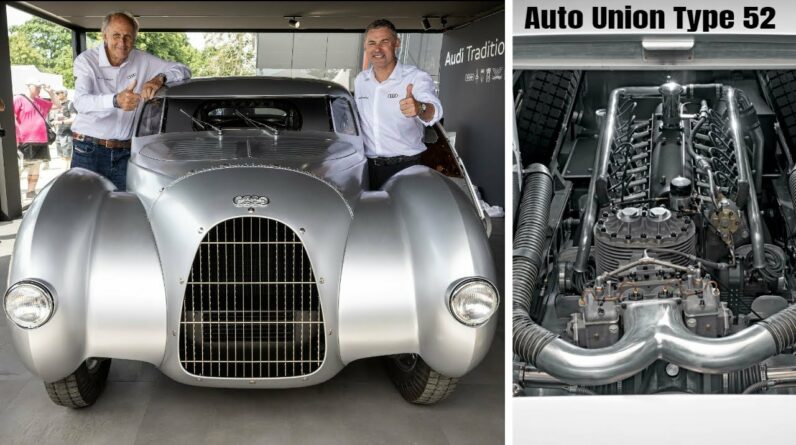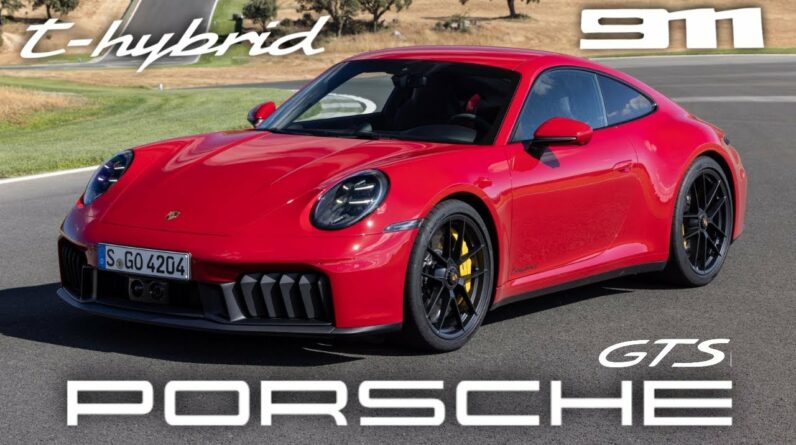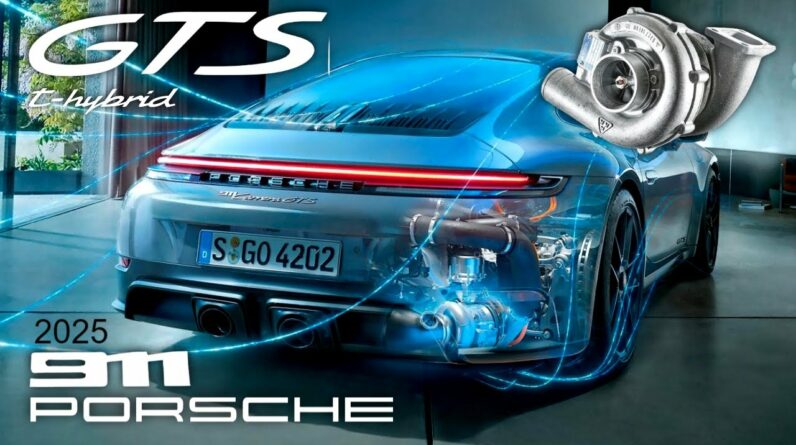When individuals reach the age of 75, mere existence and good health are usually enough to be considered a blessing. However, for Porsche, their 75th birthday celebration calls for something extraordinary. The renowned sports car manufacturer has bestowed upon itself an exceptional gift: a hypercar that is anticipated to be the fastest production car ever to conquer the Nurburgring. And guess what? It’s going to be an electric vehicle.
Or, at least, that’s the plan if Porsche decides to transform this vision into a reality. Currently just a concept, the Mission X serves as a strong indication of Porsche’s ambitious aspirations for their next groundbreaking endeavor.
But just how ambitious is this project? According to Porsche, the Mission X will boast an impressive power-to-weight ratio, offering at least one horsepower for every 2.2 pounds of weight. This remarkable feat will be achieved through an innovative all-electric, 900-volt architecture. To put things into perspective, if we use the 2015 Porsche 918 Spyder, which weighed around 3,700 pounds, as a benchmark, the Mission X would potentially generate a mind-boggling 1,700 horsepower. That’s almost twice the power output of the Spyder when it first set the record for the fastest production car to lap the Nurburgring in under seven minutes.
Of course, this estimation is based on speculation, as the exact weight of the Mission X is yet to be disclosed. Nonetheless, such an impressive power level would undeniably make it the most powerful road-going Porsche ever created, surpassing even the track-exclusive 919 Hybrid Evo, which set out on a global expedition to obliterate lap records.
Porsche unveiled the Mission X concept on the 75th anniversary of the company, just before the momentous 100th anniversary of the 24 Hours of Le Mans. There is a natural connection here, as the Mission X’s design is said to be inspired by Le Mans, with doors that open upward and forward, reminiscent of the iconic classic 917. This is just one of the many striking features of its radical styling, which includes a passenger compartment protected by a carbon fiber exoskeleton and enclosed in a glass bubble. The resulting shape evokes memories of Le Mans prototypes from the past, while embracing a modern flair.
The interior of this futuristic dome is equally remarkable, with contrasting-color seats for the driver and passenger, both equipped with six-point harnesses. As a peculiar and somewhat nostalgic nod to the 959, the passenger dashboard includes a slot that can accommodate either an analog or digital stopwatch.
Despite the presumable abundance of power, the Mission X maintains a relatively compact size. It measures 177 inches in length and 78.7 inches in width, making it an impressive 6 inches shorter than the 918 Spyder, yet over 2 inches wider. Interestingly, the wheelbase remains unchanged.
Similar to the Taycan, the Mission X relies on electric power. However, Porsche has positioned the battery pack behind the seats in what they call an “e-core” layout, intending to replicate the dynamic handling characteristics of a mid-engined car.
Brands like Rimac have already demonstrated mind-blowing levels of power and performance, and even established automakers like Tesla and Lucid have produced sedans with awe-inspiring capabilities. Hence, if Porsche aims to captivate and amaze with its next-generation hypercar, it will undoubtedly need to exceed horsepower figures well into the four-digit range. The mere thought of combining such colossal power with Porsche’s engineering prowess and racing expertise is genuinely exhilarating.
But, let’s not forget the crucial element of uncertainty: whether or not Porsche will ultimately bring this extraordinary creation to life.
#porsche
Get More Great Car Videos – Subscribe: https://goo.gl/BSIaFc







